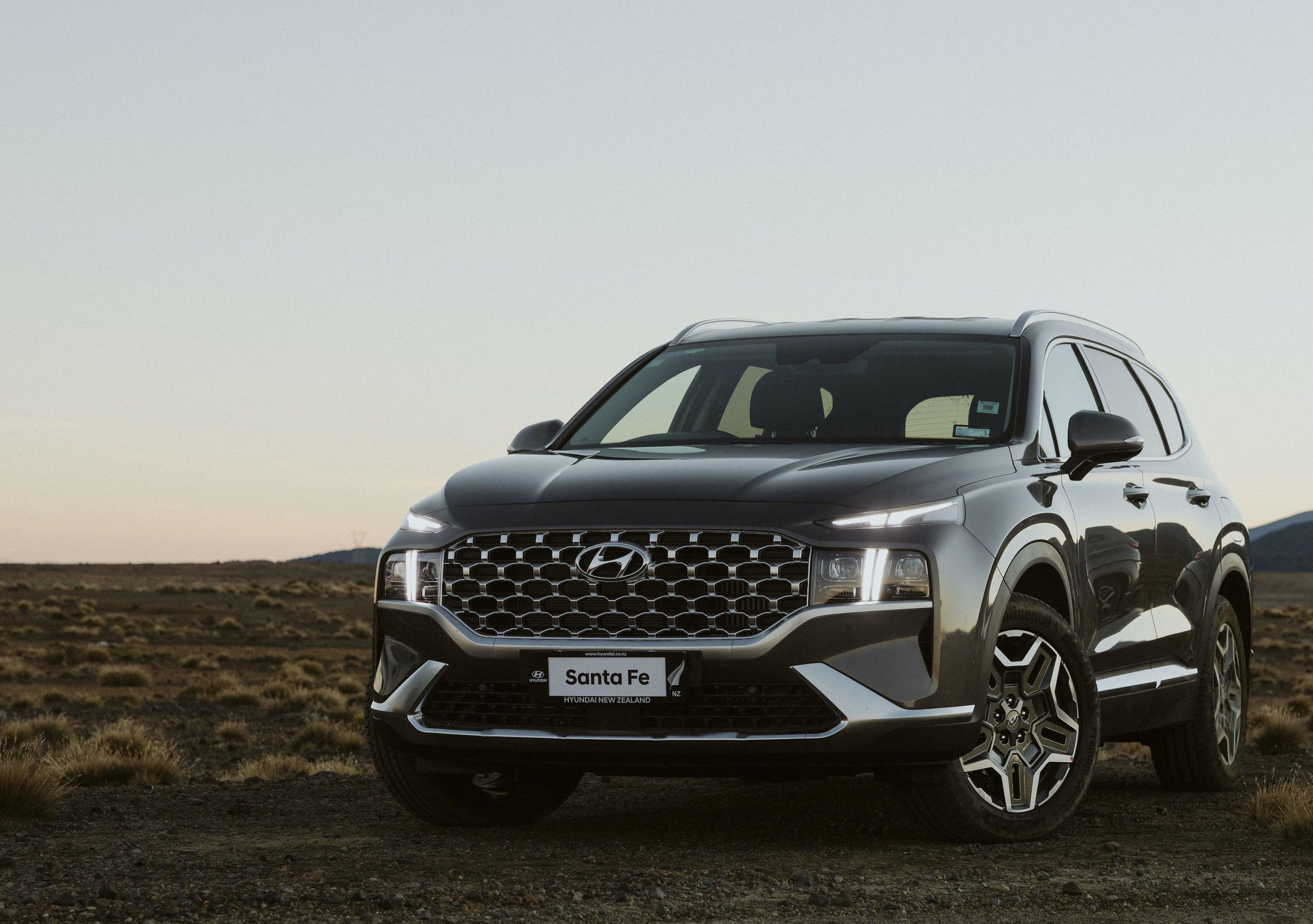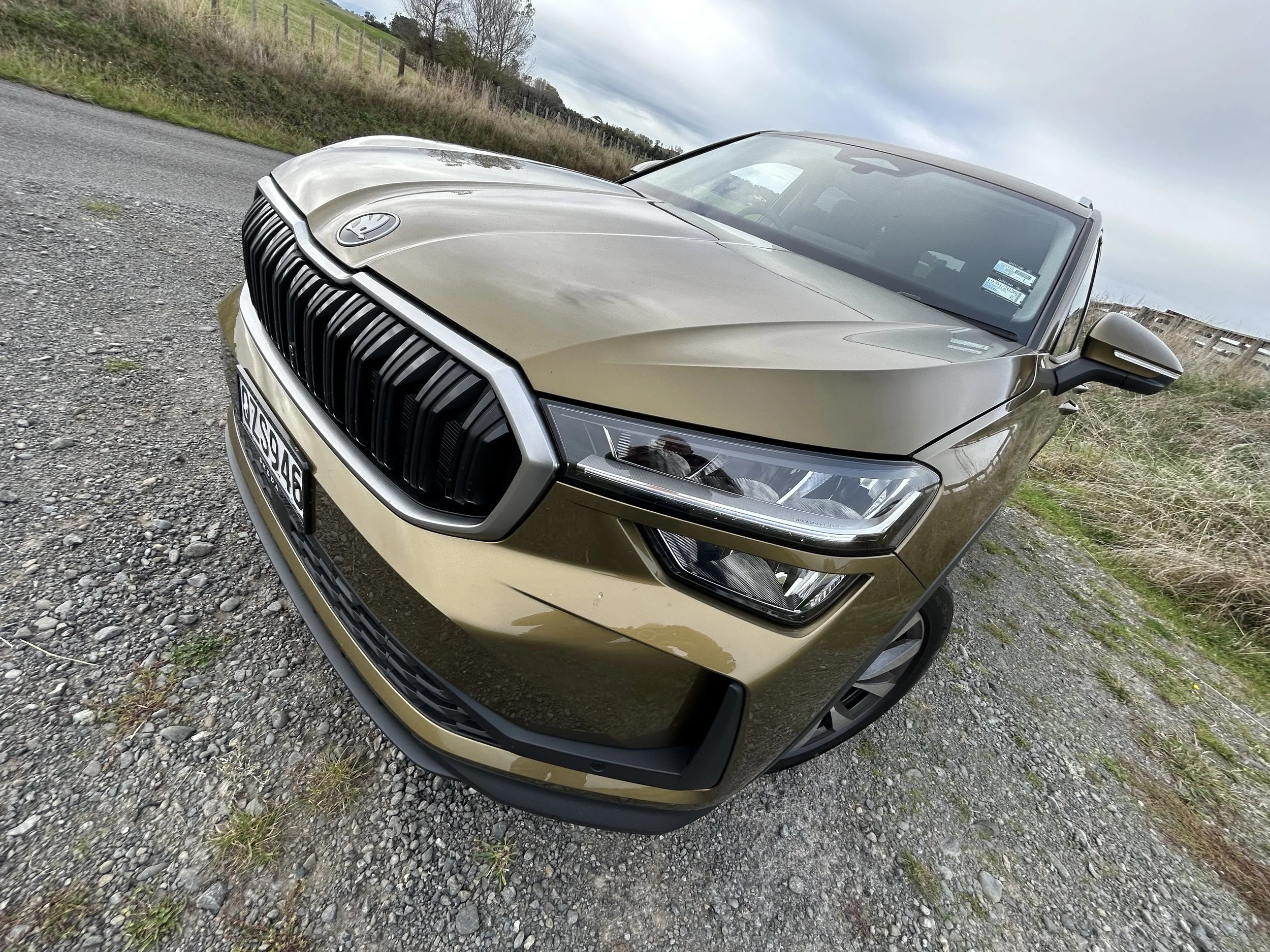Electric-assist Santa Fe’s price shock
/Comparison with a certain other’s sister model with the same tech (and probably everything else) relates a sobering difference in expected spend.
HYBRID drivetrains developed by Hyundai that co-share Kia brought into the market almost a year ago have now implanted into the parent make’s equivalent product – but there’s definitely no concession for originality.
The addition of a standard hybrid and a plug-in hybrid option to Hyundai’s Santa Fe mirrors a placement Kia NZ, a separate operation, announced in March last year for the Sorento, effectively a sister ship in all but styling.
Comparison of each make’s specifications will require careful cross-referencing but it appears the models are lineball on major safety and comfort ingredients, with both also presenting in seven-seat formats.
Drivetrain technology is the same. The hybrid and the plug-in elements are mated to a 1.6-litre four-cylinder turbocharged petrol motor, operating via a six-speed automatic, with facility to operate in electric, hybrid and petrol power with the mains-replenished option.
Hyundai NZ’s announcement today suggests a less expansive and more expensive approach than Kia’s.
It will deliver all its models with all-wheel-drive – whereas Kia has a two-wheel-drive option. The Santa Fe hybrid is in two trim formats, base and Elite. The PHEV model is only in Elite.
Kia has four Sorentos – two front-drive, two AWD - with the hybrid, spanning EX and Premium, and two plug-in AWD variants, also in those grades.
Despite Hyundai here often citing that it does see Kia as a direct competitor, cross-referencing their model lines is often logical and generally it’s an exercise that puts particular emphasis on price comparison.
Pricing on Kia NZ’s website today says its all-wheel-drive hybrid choices are $65,990 and $82,990. The Santa Fe derivatives with that same technology cost $88,990 and $99,990.
The Sorento PHEV costs $74,990 in EX and $89,990 in Premium. A Santa Fe Elite PHEV is a $109,990 selection.
Is this simply one brand proposing it has a stronger badge strength than the other?
Hyundai’s hybrid Santa Fe has a 44.2kW electric motor and 1.49kWh lithium-ion polymer battery pack. Kia NZ identifies its car as having a 44kW electric motor and a 1.5kWh battery. Semantics? You’d have to say so.
Either way, the total power outputs for the hybrid Sorento and Santa Fe is 169kW, and the maximum torque is 350Nm.
The PHEVs? Hyundai NZ says its car has a 64kW electric motor and 13.8 kWh battery pack, giving it a punch of 195kW. Torque is the same 350Nm. The claimed range is 56km.
Kia cites the Sorento PHEV as having a 13.8kWh lithium-ion battery that delivers an optimal electric-only range of 57km per charge. The Sorento PHEV’s electric motor creates 67kW and … well, you probably guessed already … 350Nm.
Would it seem unsurprising were fuel economy, emissions outputs and acceleration times also prove to be lineball?
Kia last year cited fuel consumption of 1.6 litres per 100 kilometres and emissions of just 37 grams per kilometre for the PHEV when operating in optimal – so electric-prioritised – state. It suggested the hybrid would return 5.4L/100km in 2WD guise and 6.2L/100km with AWD.
Hyundai NZ says the hybrid Santa Fe will deliver as little as 6.3L/100km and pump out 142g/km. The PHEV? There’s no data on that yet.
Exterior-wise, the battery-assisted cars are identical in appearance to the pure petrol and diesel choices, but interestingly Hyundai NZ has taken to describe the new additions as being European spec models that it has been able to add refinements to (a Wifi charging pad is mentioned) for NZ.
About the latter; whereas Kias has chosen to retire the 2.2 turbodiesel from Sorento, in favour of a greener push, Hyundai is simply making the hybrids supplementary to the oil-burner and 2.5-litre four cylinder and 3.5-litre V6 choices.
So even though it has fewer battery-assisted editions than Kia, it has more models overall – 10 in fact. The diesel has been especially popular, still has the most torque and remains the towing capacity king among those.
Hyundai New Zealand general manager Chris Blair has described the hybrid models as presenting as milestone vehicles.
His supplied comment that two more Hyundai hybrid sports utilities are also inbound this year seems to be a heads up on Tucson variants with the same technology as Santa Fe.
Says Blair: “We are very much committed to providing Kiwis with the most choice when it comes to eco-friendly drivetrains. By the end of 2022, we will have introduced seven EV and Hybrid models in 24 variants since 2017.”


















